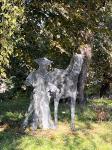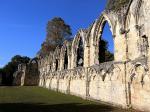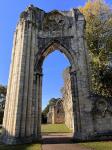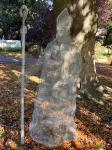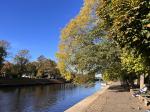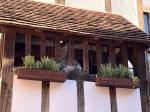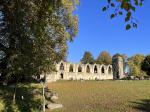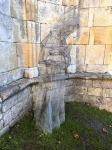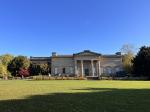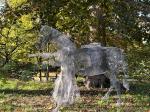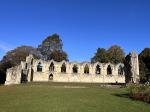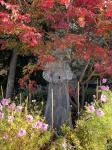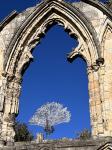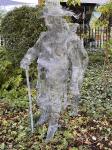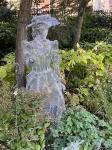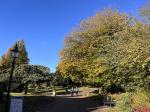York Museum Gardens
The museum gardens are set on the centre of York on the banks of the river Ouse. They cover an area around ten acres set in the grounds of the ruined St Mary's Abbey. The gardens were created after the British Royal family gave the land to the Yorkshire Philisophical Society in 1828 to build the Yorkshire Museum.
The gardens are held in trust by the City of York and are managed by the York Museum Trust, they were designed by landscape architect Sir John Murray Naysmith and include a wide variety of plants from around the world.
In 1960 the gardens and Yorkshire Museum were given to the City of York council when it became a public park.
Many special activities are held within the gardens throughout the year, which are well advertised in the local press and radio stations, including pop concerts, The York Mystery Plays were held there in 2012, along with many of Yorks special festivals.
The gardens are also used as Yorks 'saluting station', one of only 12 in the country, with 21 gun salutes being fired at noon on specific days, to celebrate our Royal Family's special occasions.
The gardens contain several buildings dating back to the Medieval period, mainly st Mary's Abbey. This Benedictine Abbey, now a ruin, dates back to 1086 when Alan Count of Brittany granted St Olave's Church and the adjoining land to the monk Stephen of Whitby, who became the first abbot of St Mary's. When St Olave's Church became too small, a larger church built in a Romanesque style was built nearby, the foundation stone was laid in 1089 by William 11. This was replaced between 1270 and 1279 by a church in a Gothic style. This abbey became the wealthiest manastery in the North of England. It was disolved by Henry V111 in 1539. Over the next 200 years the abbey fell into disrepair and the abbey church was dismantled for its stone.
The Hospitium is situated within the gardens between the ruins of the abbey and the river Ouse. It is thought to have possibly been a guest house for visitors to the abbey. It was originally part of a group of buildings in the abbey grounds that included stables, a mill and a boarding school for arounf 50 pupils.
|

